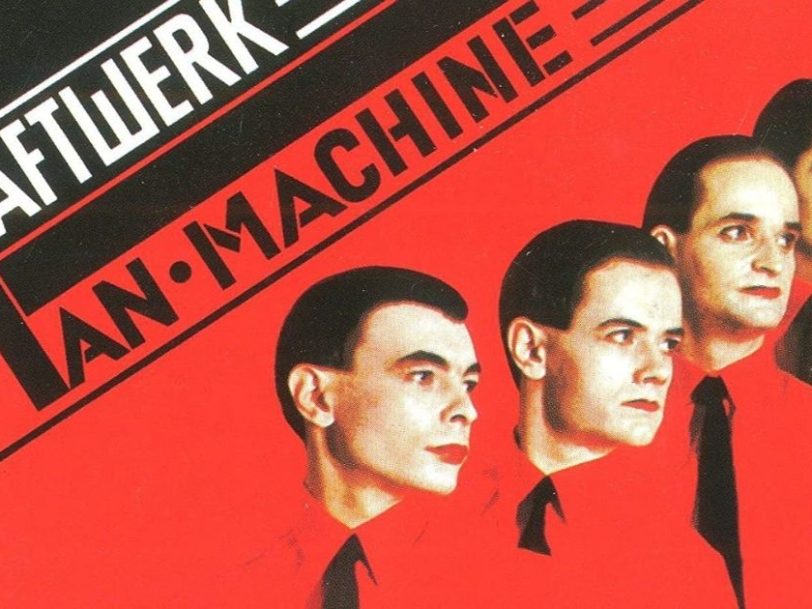Finding themselves at the vanguard of cutting-edge music in the late-70s, German electronic pioneers Kraftwerk had become the darlings of experimental pop thanks to the driving rhythms of Autobahn and the hypnotic synthesiser work of Trans-Europe Express. As they began recording their seventh album – provisionally titled “Dynamo”, but eventually released The Man-Machine – at their own Kling Klang studios, in Düsselfdorf, the band were conscious of moving beyond their teutonic underpinnings by taking inspiration from Donna Summer’s 1977 electro-disco hit I Feel Love, masterminded by Italian producer Giorgio Moroder.
Listen to ‘The Man-Machine’ here.
Arguably lighter and more accessible but no less dynamic, Kraftwerk’s retro-futurist concept album The Man-Machine was released on 19 May 1978 and made a beeline for the discothéques while exploring themes of techno-utopianism and even space travel. “The dynamism of the machines, the ‘soul’ of the machines, has always been a part of our music,” Kraftwerk mainman Ralf Hütter explained. Now fully portraying themselves as robots with vocodered voices, Hütter, Florian Schneider, Karl Bartos and Wolfgang Flür set out to embody the merging of technology with the human soul on what was their most prescient and forward-thinking work to date.
“The image of the robot is very important to us”
Taking the mannequin pop of Showroom Dummies, from their previous album, Trans-Europe Express, to the next level, Kraftwerk hired Munich-based company Obermaier to create robotic doppelgängers of themselves, to create the illusion that their music was created entirely by androids. Launching the album in April 1978 with a press event at Tour Montparnasse, in Paris, Kraftwerk’s bionic dummies graced the stage dressed in red shirts and black ties, leaving audiences awestruck with songs that twinned the group’s minimalist electronic beats with AI-imbued lyrics that sounded like they were penned by computer-generated overlords. Here was mood music from a far-distant future.




